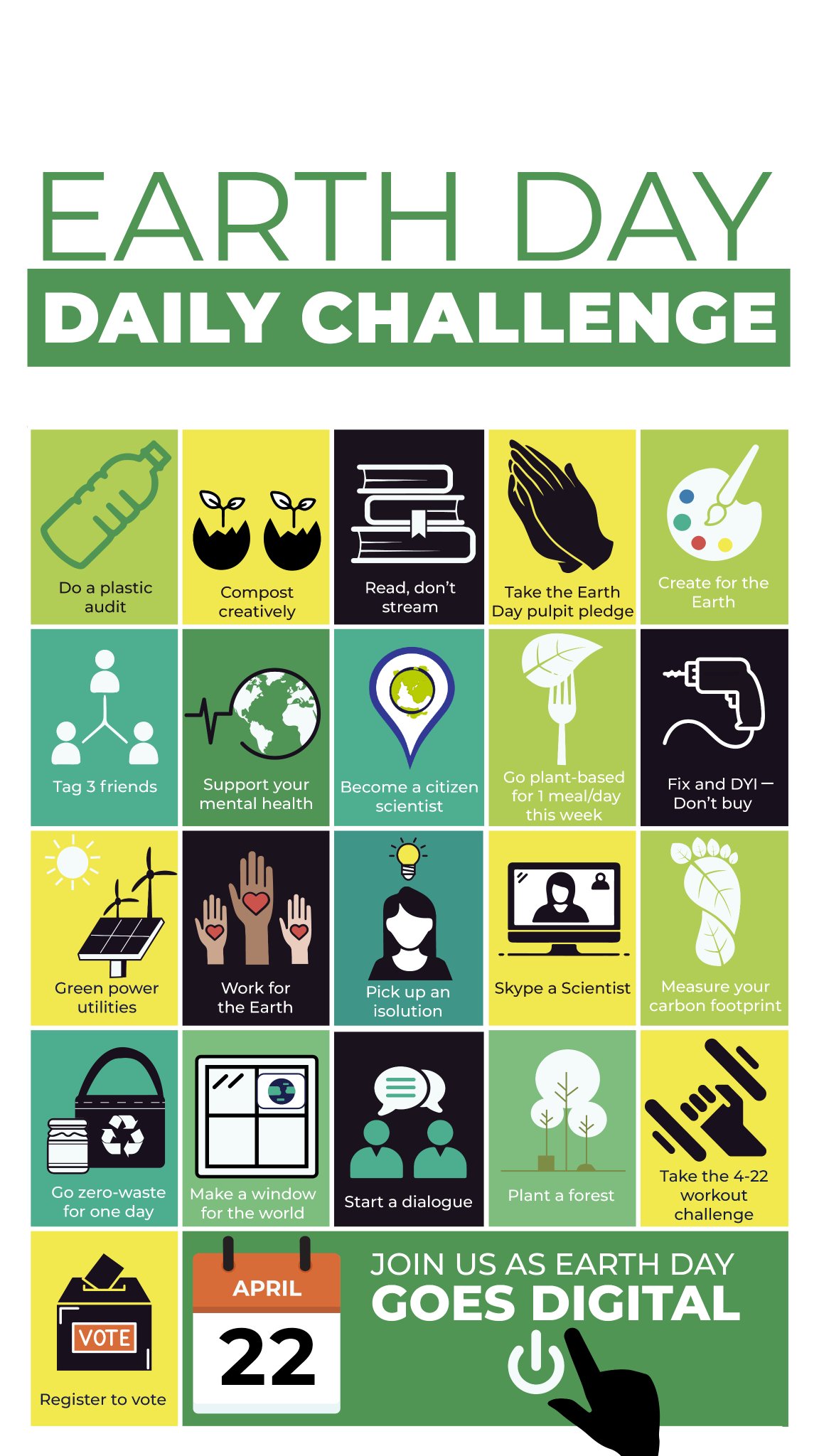How the Pandemic Has Changed Social Media
 Social Media Engagement
Social Media Engagement
During this past year have you seen a decline in social media engagement, and are you wondering if you should continue to keep your organization present on social media? 2020 was a season where regular communication and interactions were transformed. Are individuals still active on social media? Are other forms of communication more effective for your school district or county office of education? Or is social media still an essential resource for your organization?
Social Media in 2021
In general, people are still on social media; they are just not as engaged. It is likely that your social media content is perhaps being seen, but just not interacted with. This raises the question: why does your district or COE continue to use social media as part of its communications platforms? If you are not getting the engagement you want, are there better options? A key advantage of social media is creating value through connection. It is an affordable and accessible resource that allows for relationships and interactions to take place in a unique and timely way. However, has the pandemic changed this? Do social media strategies and current practices need to be adapted? Here are 7 steps to evaluating the effectiveness of social media in your district or COE.
Define the Problem
In developing a solution to a problem it is first essential to understand fully what the problem is Here are some ways to help define the problem:
- What specific struggles or needs are you experiencing with your organization’s social media?
- Does this problem create insurmountable or expensive solutions or have a negative impact on the organization as a whole?
- Do current solutions to its handling of negative social media comments create a legal or public relations problem?
- Are you not receiving engagement on your posts?
- Did you have specific goals for your social media that you are not able to reach?
Defining the problem and taking a step back from the details of the situation are important in evaluating and clearly defining the problem.
Research
What is doing well on your social media, and what is struggling? Once you’ve defined the problem, then take a look at other district’s, COE’s and governmental entities that have faced this. See if there are ways to adapt. Delve into which posts are generating the most negative comments (and the context of those comments). Determine if those are situational, such as concerts and frustrations around COVID-19 or based on other factors. Collect rules of engagement and approaches to handling negative comments. Perhaps hiding comments instead of deleting them could be an option. Are there better ways to increase positive engagement? Would implementing surveys in your Instagram stories or providing prompts, and clear calls to action help to improve immediate but helpful engagement?
The other part of the research is going back to the reasons why your organization is using social media as part of its mix of communication platforms:
- What are your goals and what role does social media play in that?
- How should a social media presence be established?
- What are the best ways to manage negative comments?
While social media has changed dramatically over the past decade–in good and bad ways–there is an important note that is consistent: Brand visibility can be attained through using negative comments as a customer service opportunity. Social media presents a two-way communication opportunity with your audiences in ways that other communication media do not.
 Brand Visibility
Brand Visibility
One benefit to social media is growing brand visibility. Are you working to clarify your brand, rebranding, or simply looking for consistency? You are investing time and resources into your brand and it is a valuable one. One way to grow this investment is to branch into other forms of digital communication such as video and your website, each of which is promoted through your social media accounts. Social media can be a way to drive traffic and engagement to central platforms. Expanding your audience and your reach are ways to improve brand visibility.
Data
After you clearly define the “why’s” then you should collect the data to support that. What are the results of your social media campaigns and posts? How has that resulted in positive outcomes for SCOE and advanced its goals? This is so incredibly important because the data can really paint a solid picture of the impact of social media presence and use. It is through data that an accurate and realistic measurement of your social media’s impact and reach can be seen through analytics.
Compare Alternatives
Additionally, you can consider alternatives to social media. Develop some ideas, and estimate costs around how you would substitute another approach to reach your audiences in the ways that social media is already doing this. Digital media is, by far, the least expensive form of advertising and communication. Maybe your research is showing that your district’s social media presence isn’t making much of a dent into anything, and your other communication approaches are doing just fine. Develop ideas around how you will further improve and leverage those approaches. Consider tangible methods to measure and track your outcomes.
Implementation
After you’ve collected all the research, develop your case and plan. It is important to have clear rules or guidance and engagement on your social media accounts. Are you experiencing negative comments? or simply feel that content is inconsistent? Consider legal counsel for your district to be able to provide some advising on what can and cannot be deleted. While you are forming this consider implementing some new approaches to evaluate the effectiveness of these tactics. Consider mapping out tangible goals for developing content and measuring interactions on social media.
Evaluation
Evaluate the effectiveness of new approaches to rules of engagement and handling negative posts. Determine how you will define success for this. Maybe success means a reduction in negative comments, increased resolution of problems, and improved engagement during a pandemic. Having realistic and tangible goals helps in clearly measuring and evaluating success. Choosing specific kinds of engagement from likes, comments, and tags as ways to measure interaction. During a season of COVID-19, working to promote and engage connection is essential. Social media provides a space for individuals to connect where otherwise there has been separation.
Why Social Media?
One of the main goals in using social media is to develop your district’s trust. Social media is relational communication and the best way to establish a connection is through a regular and engaging way. However, it is important to consider the platforms and kinds of social media that your district is implementing. If, after compiling this self-evaluation, trust is not maintained or grown through social media then it is time to rethink some different strategies. Ultimately social media is a powerful tool that has the ability to personally touch, inspire, and inform your followers. It is important to consider the best way to implement this powerful tool.
You Do Not Have to Do it Alone
If you are feeling stuck on moving forward with your district’s social media content and presence, Sounding Board Marketing & Communications can help. To learn more about communication services that best fit the needs of your district you can explore Sounding Board Marketing & Communications’s Strategic Services. Following these steps to evaluate your social media are just one way to improve your district’s connection and visibility in a digital world impacted by the pandemic.






